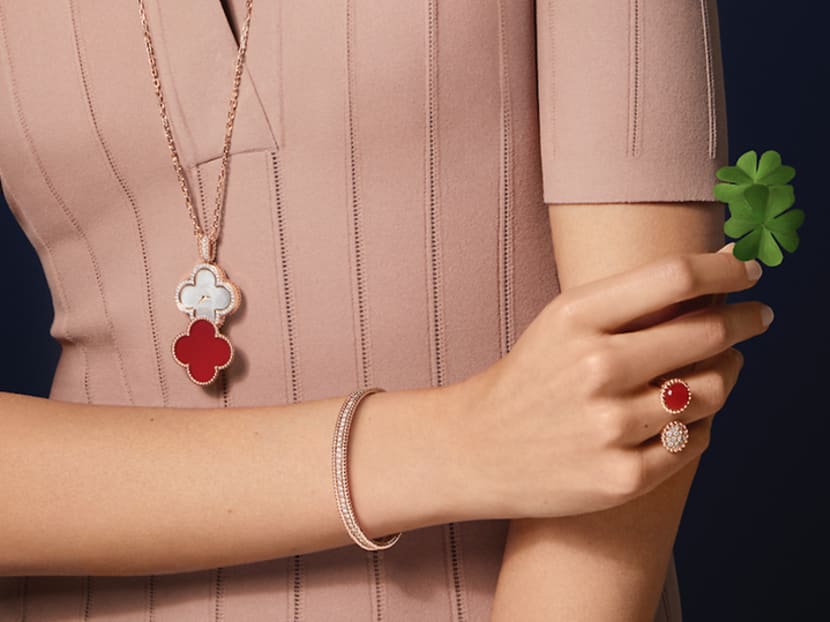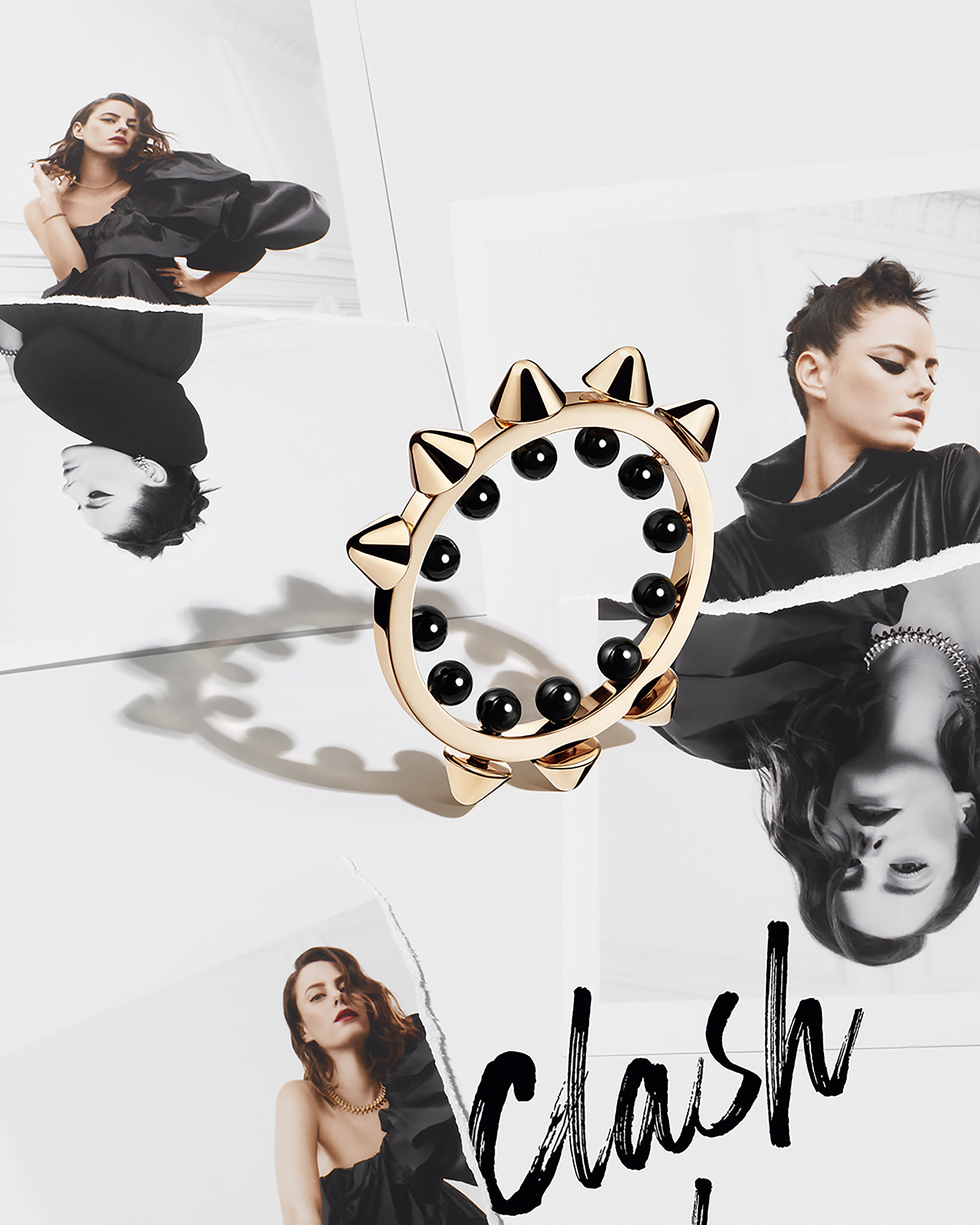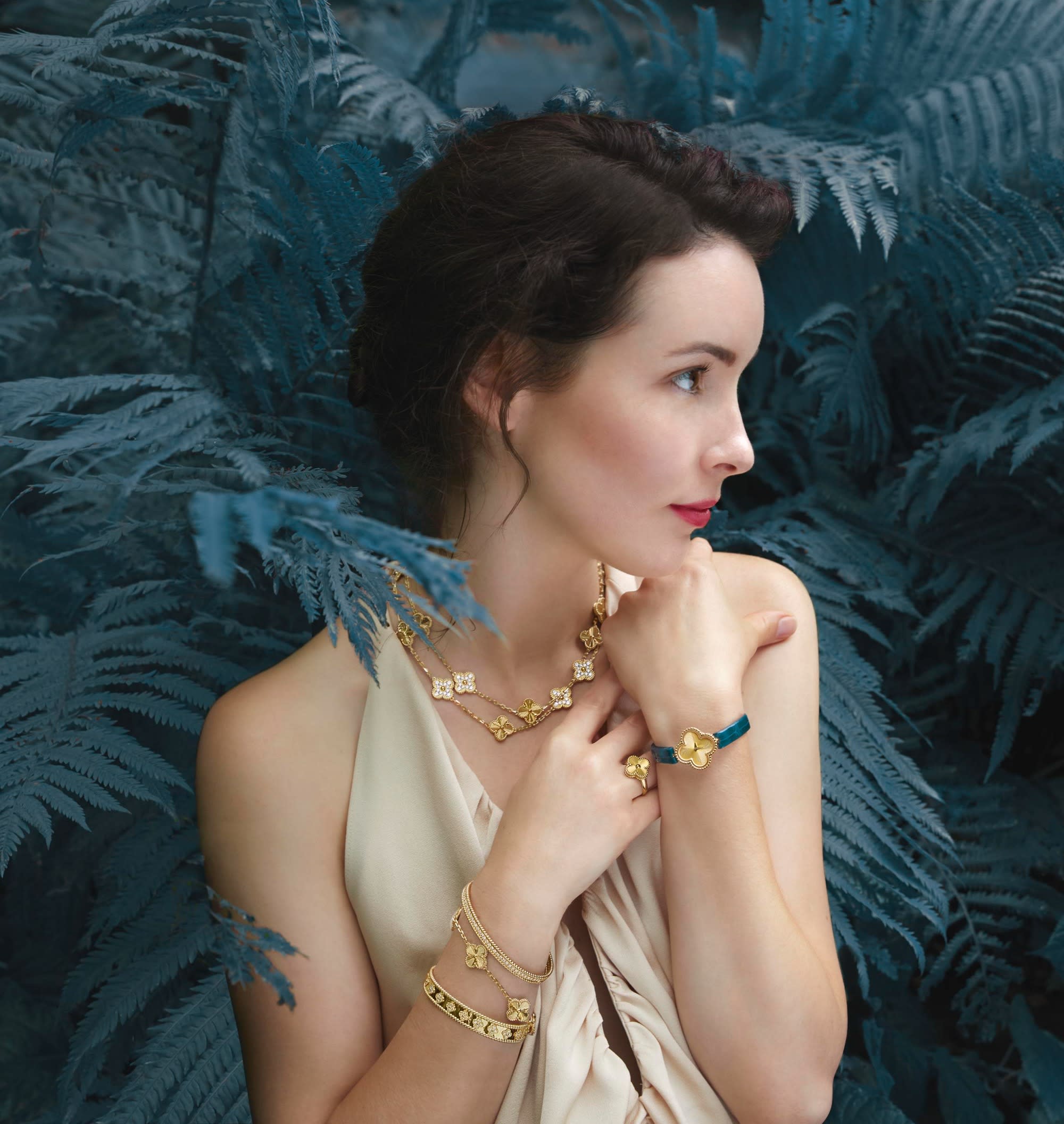Asians are spending big on branded jewellery, benefitting mega-brands
Thanks to a long-term shift towards jewellery from mega-brands such as Cartier and Van Cleef & Arpels, the sustainability of the luxury recovery now looks assured.

Van Cleef & Arpels's Alhambra secret pendant watch, shown here in carnelian, rose gold and white mother-of-pearl, was launched in June. (Photo: Van Cleef & Arpels)
Swiss luxury group Richemont is showing off some sparkling numbers. Amid a broad rebound in the luxury sector, it more than doubled sales for the three months to June. The upswing in demand for pricey labels has also helped Burberry to report sales that are back at pre-pandemic levels. But Richemont’s leading position in jewellery should help it to continue making outsized gains.
The sustainability of the luxury recovery now looks assured. There were concerns that a short-term boost from consumers’ inability to splash their cash savings on experiences might reverse once economies reopen.
READ> In a pandemic, why are collectors splashing out millions on jewellery online?

Yet the resilience demonstrated by mega-brands such as Cartier and Van Cleef & Arpels has not flagged. Both are benefiting from a long-term shift towards branded jewellery, particularly driven by Asian clientele. Innovations such as Clash – an edgy, modern and relatively affordable line unveiled by Cartier in 2019 – have proved popular with younger buyers.
There is room to grow market share. Branded jewellery accounts for little more than a quarter of the market at present, far less than other luxury sectors. It could rise to 40 per cent by 2030, said Citi. Not that Richemont will lack competition. Other fashion groups wish to move further into high-end branded jewellery. This was illustrated by rival Kering’s enthusiasm for a tie-up, which was firmly rejected by Richemont's chair Johann Rupert.
WATCH> Which made-in-Singapore jewellery brand has fans like Lady Gaga and Michelle Obama?

Accordingly, there is not much of a speculative premium in the share price. This has not stopped Richemont from outperforming in the luxury sector this year, rising by 37 per cent. Even so, the shares – on a 2022 price-to-earnings ratio of 27 – trade at a 10 per cent discount to the sector.
That discount should close in time, but it will not disappear. Hard luxury like jewellery is more cyclical than fashion or leather goods. Purchases of bigger-ticket items are more likely to be postponed in downturns. But the growth in branded jewellery is a secular trend. Richemont is exceptionally well-placed to benefit.
© 2021 The Financial Times



